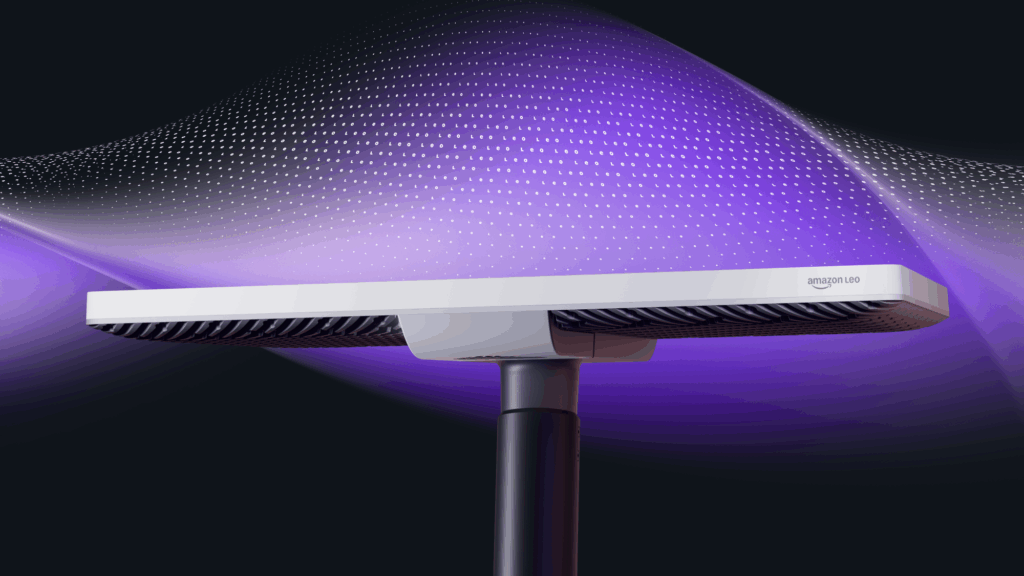- Amazon Leo Ultra targets remote operations that require consistent links across great distances
- Amazon claims to have a high load capacity that supports constant data transfer demands
- The phased array design aims for long-lasting connectivity during adverse weather conditions.
Amazon has unveiled the next stage of Leo Ultra (formerly Project Kuiper), a satellite Internet terminal created for organizations that can operate in places where existing networks are not sufficient.
The device offers download speeds of up to 1 Gbps and upload speeds of up to 400 Mbps, which Amazon says is the highest available for a commercial phased antenna.
Leo Ultra supports more than eighty planned launch missions that will build the network of low Earth orbit satellites necessary to execute the service.
Hardware design and operational approach.
This device is designed to be deployed in conditions involving heat, cold, rain and high winds, and comes with a sealed structure that eliminates the need for moving parts while supporting quick installation at different sites.
The antenna uses a custom silicon chip and radio frequency systems built by Amazon that aim to increase performance while keeping latency low, which is important for video calls, real-time control systems and cloud computing tasks that require uninterrupted transmission.
The drive supports simultaneous uploads and downloads and connects to existing enterprise setups without additional steps.
“Amazon Leo represents a tremendous opportunity for companies operating in challenging environments,” said Chris Weber, vice president of consumer and enterprise businesses at Amazon Leo.
“From our network and satellite design to our portfolio of high-performance phased array antennas, we’ve designed Amazon Leo to meet the needs of some of the most complex enterprise and government customers out there.”
Amazon intends for Leo Ultra to carry secure links for data transfer, remote monitoring and other field operations.
The platform includes management tools, 24-hour support and encrypted communication throughout the network.
It also links directly to Amazon Web Services (AWS) and other on-premises or cloud systems without exposing traffic to the public Internet.
The company will offer two primary private network routes for enterprise broadband needs.
Direct to AWS allows customers to link workloads to AWS Transit Gateway or Direct Connect Gateway through the web console.
Private Network Interconnect allows organizations to create direct links within major colocation sites to connect remote locations to their core infrastructure.
It has shorter setup periods than traditional circuits and also supports cloud backup processes across dispersed assets.
Amazon Leo has begun an enterprise preview with aviation, logistics, agriculture and energy companies, and select partners will receive Leo Pro and Leo Ultra units to test the service with production hardware and software.
Amazon plans to expand the preview pool as more satellites come into service and network capacity grows.
The service is designed to work in areas where stable Internet is limited and Amazon has more than one hundred and fifty satellites in orbit as testing continues.
Full results will become clearer once a broader set of users evaluates the service outside of controlled conditions.
Follow TechRadar on Google News and add us as a preferred source to receive news, reviews and opinions from our experts in your feeds. Be sure to click the Follow button!
And of course you can also follow TechRadar on TikTok for news, reviews, unboxings in video form and receive regular updates from us on WhatsApp also.




